When you’re desperate for a parking space or you need to wait at the side of the road to pick someone up, it can be confusing what you can and can’t do. So, we’ve put together a useful guide to parking restrictions in the UK when it comes to stopping your vehicle at the side of the road.
Yellow lines along the road indicate there are waiting restrictions. Not only do they apply to the road but also the pavement and verges. You may stop to load, unload or for passengers to get in or out of the vehicle providing there are no signs saying so.
Double yellow lines mean that there is to be no waiting at any time unless there are signs that specifically specify seasonal restrictions.
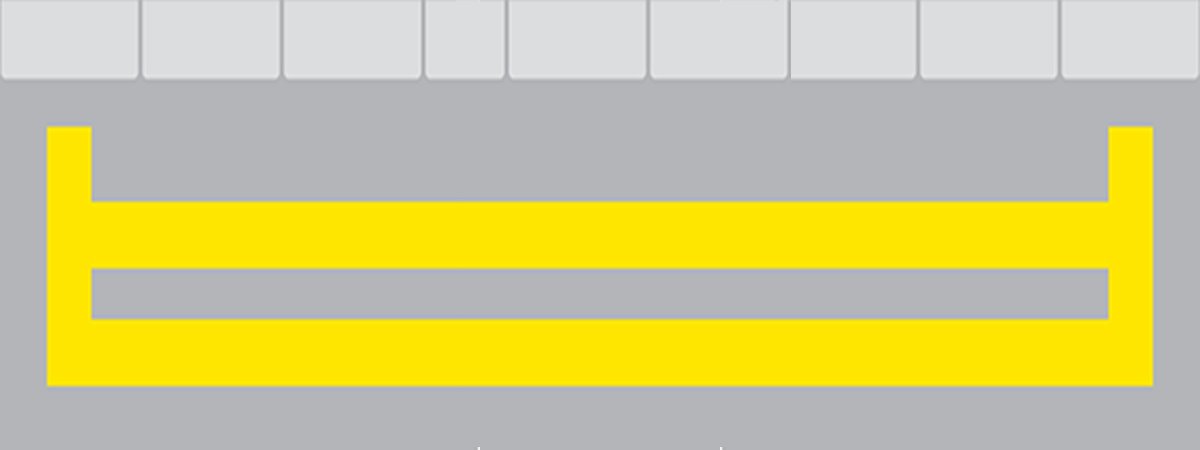
When you see a single yellow line it means there are restrictions on stopping here during specific times of the day. You will know when you are not allowed to stop here by a sign shown nearby. If the sign does not say which days then this means that the restrictions are in place every day including Sundays and Bank Holidays.
Blue Badge holders can usually park for a maximum of 3 hours or, in Scotland, without a time limit.
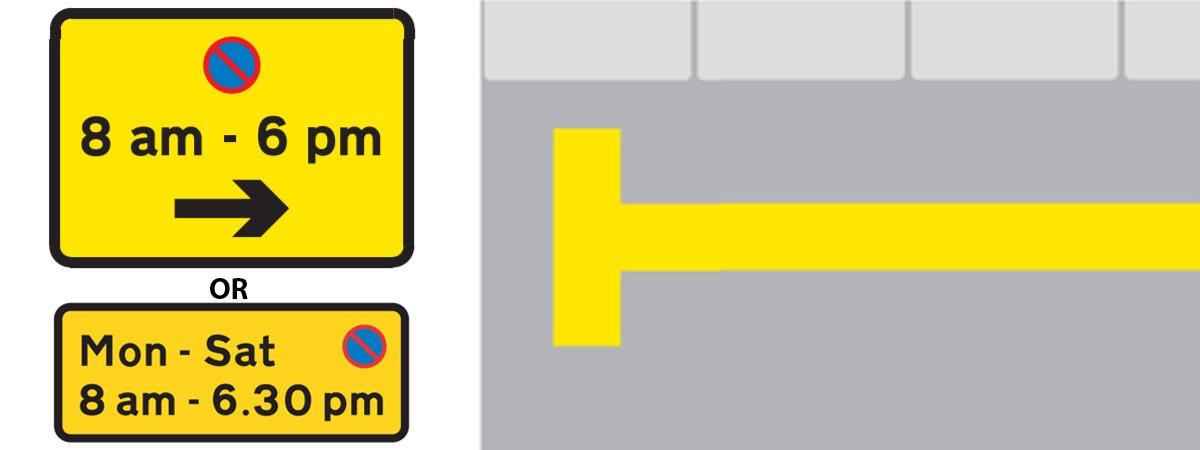
If you see a part of the road marked with broken white lines as seen below, it will be accompanied by a sign to tell you where and for how long and what days (where applicable) parking is allowed.
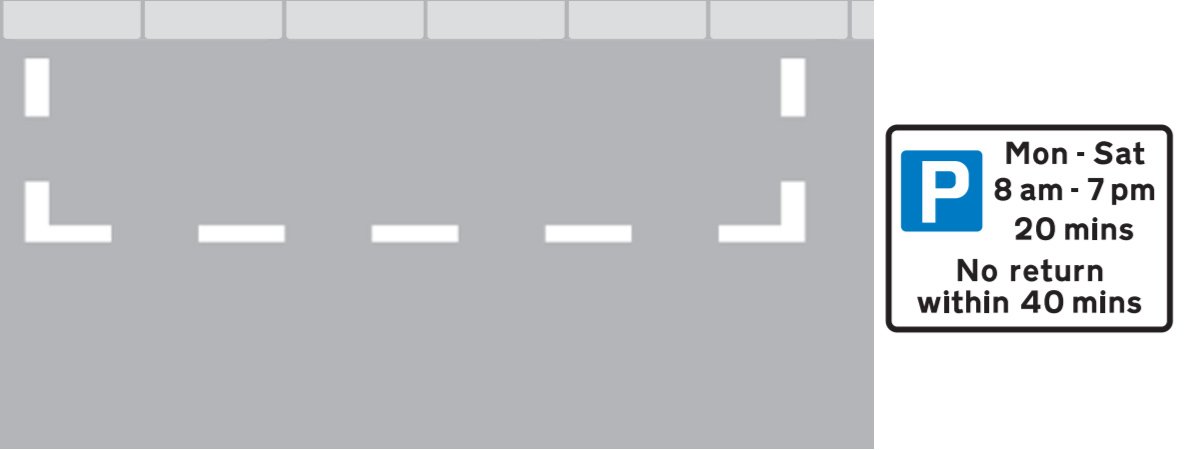
Red lines are sometimes used instead of yellow lines. In London red lines are used on Red Routes to indicate that any type of stopping is prohibited, this excludes Licenced Taxis or Blue Badge holders.
Double red lines indicate that there is no stopping allowed at any time. A Single red line indicates no stopping during the times shown on the sign at the side of the road.
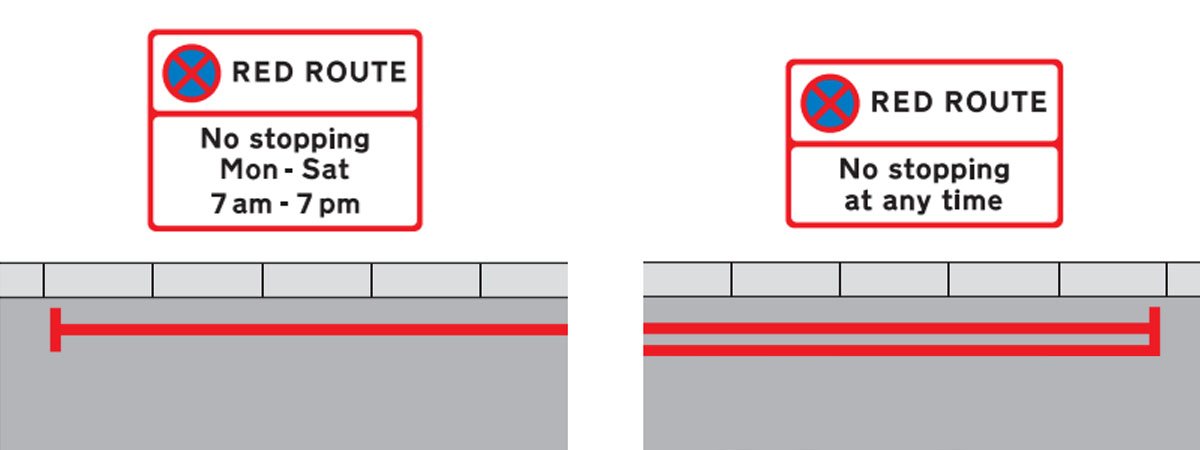
Below, the left-hand image shows that parking is limited to the time and days shown and for how long.
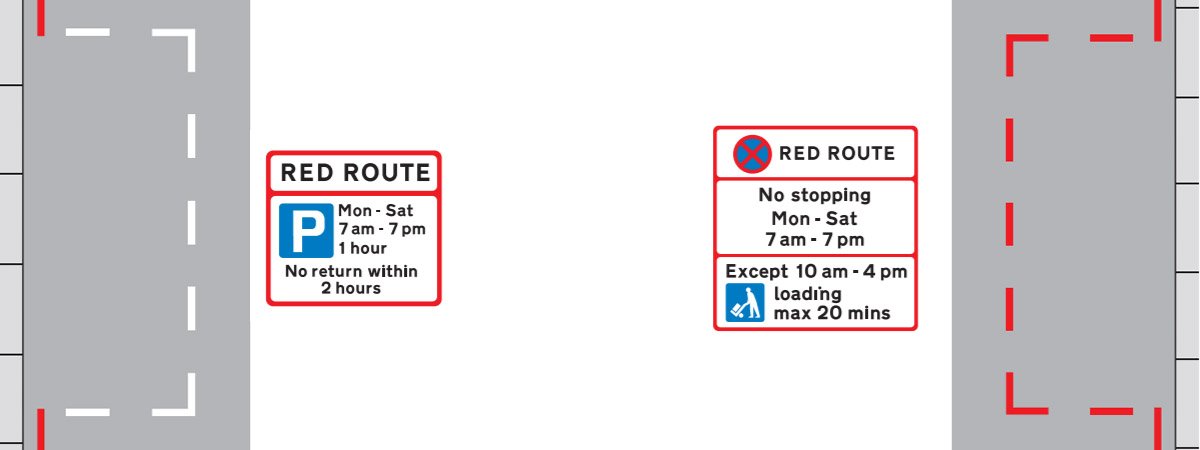
The image above on the right shows that you may only load at the times specified and the maximum duration.
You may have noticed yellow markings on the kerb edge at the side of the road. These relate to loading and unloading regulations (not on Red Routes) and will be supported by white road signs. If there are no days marked on the sign then the restrictions apply on all days including Bank Holidays and Sundays. You are allowed to stop to let passengers in our out of your vehicle in these areas.
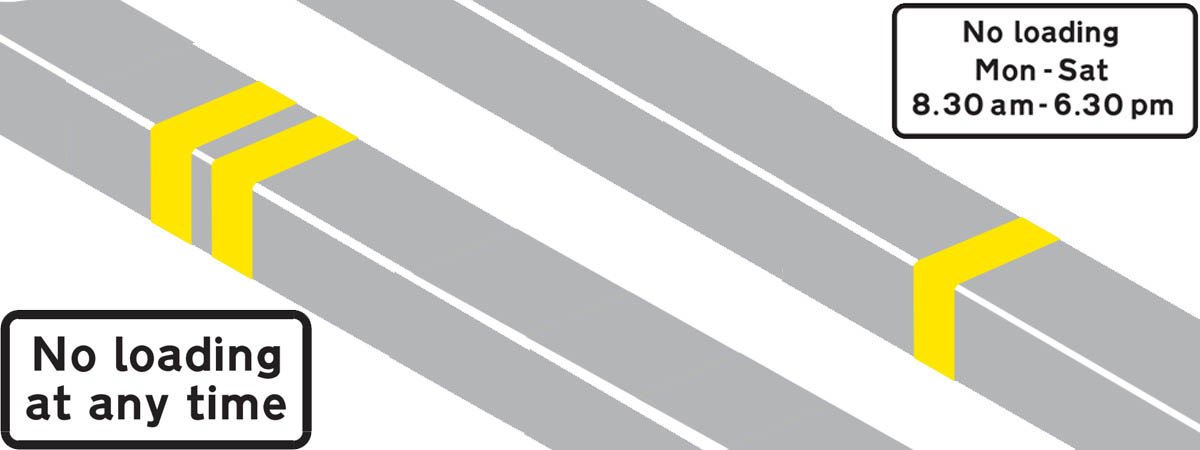
The double yellow lines on the kerb denote no loading at any time, the single yellow line specifies that you are not allowed to load or unload at the times shown on the sign.
When part of the road has been reserved specifically for vehicles loading and unloading it will be marked by a white bay with the phrase “loading only” and there will also be a white and blue trolley symbol. The sign will tell you if loading and unloading is restricted to goods vehicles and at which times the bay can be used. You are not permitted to park here if you are not loading or unloading.
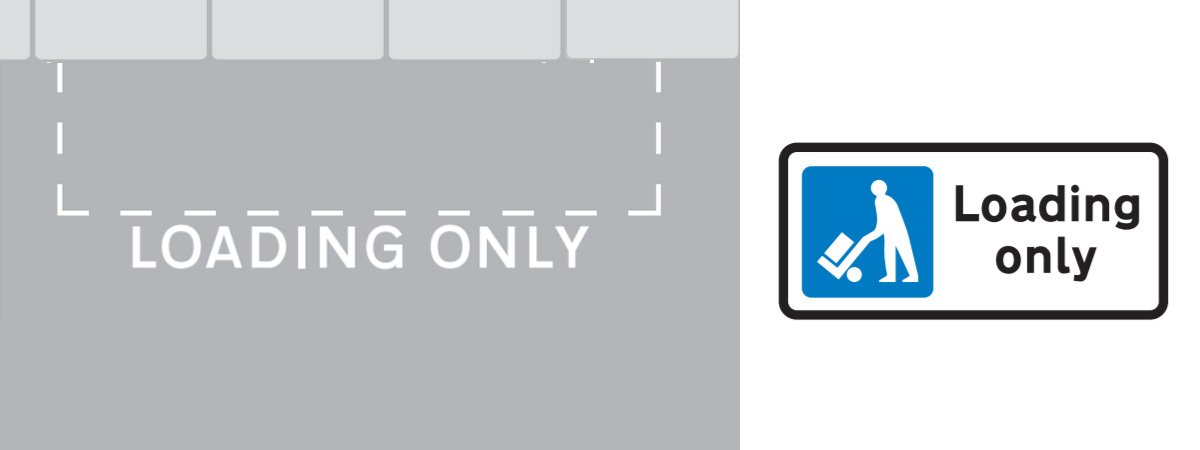
Yellow Zig-Zag road markings can be found outside schools, hospitals, fire, police and ambulance stations. They indicate a part of the road where you are not allowed to stop for any length of time including to pick up or drop off passengers. If there is a sign it will indicate that there is a compulsory prohibition of stopping during the times shown.
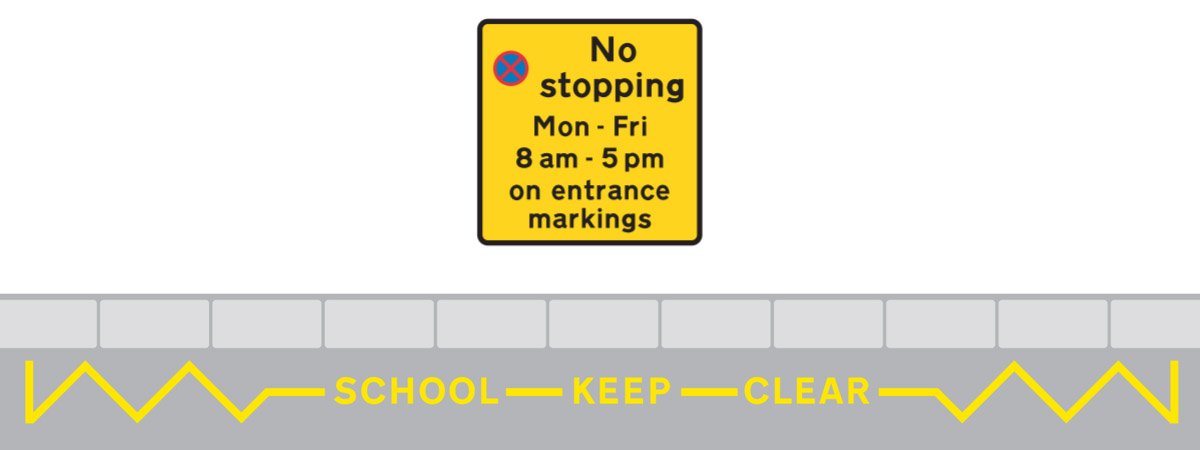
Rule 243 of the Highway Code specifies that you are not allowed to stop or park in the following areas:
– Near a school entrance
– Anywhere you would prevent access for Emergency Services
– At or near a bus or tram stop or taxi rank
– on the approach to a level crossing/tramway crossing
– Opposite or within 10 metres (32 feet) of a junction, except in an authorised parking space
– Near the brow of a hill or hump bridge
– Opposite a traffic island or (if this would cause an obstruction) another parked vehicle
– Where you would force other traffic to enter a tram lane
– Where the kerb has been lowered to help wheelchair users and powered mobility vehicles
– In front of an entrance to a property
– On a bend
– Where you would obstruct cyclists’ use of cycle facilities
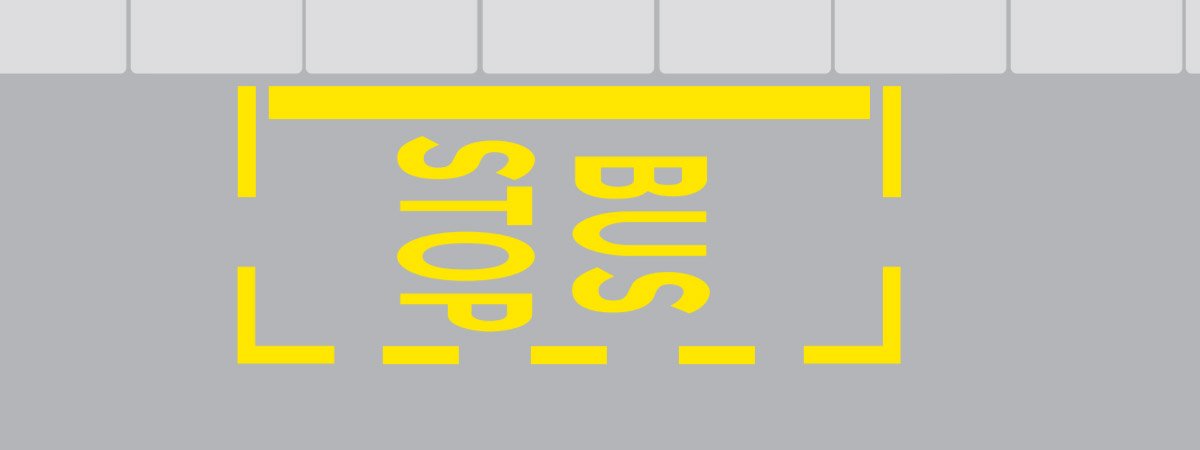
The only exemption to this is when you are forced to do so by stationary traffic.
If you would like to know more then we recommend visiting the parking and waiting section of the Highway Code. The complete Highway Code can be found here.
You may also be interested in reading our article on road markings or road signs.